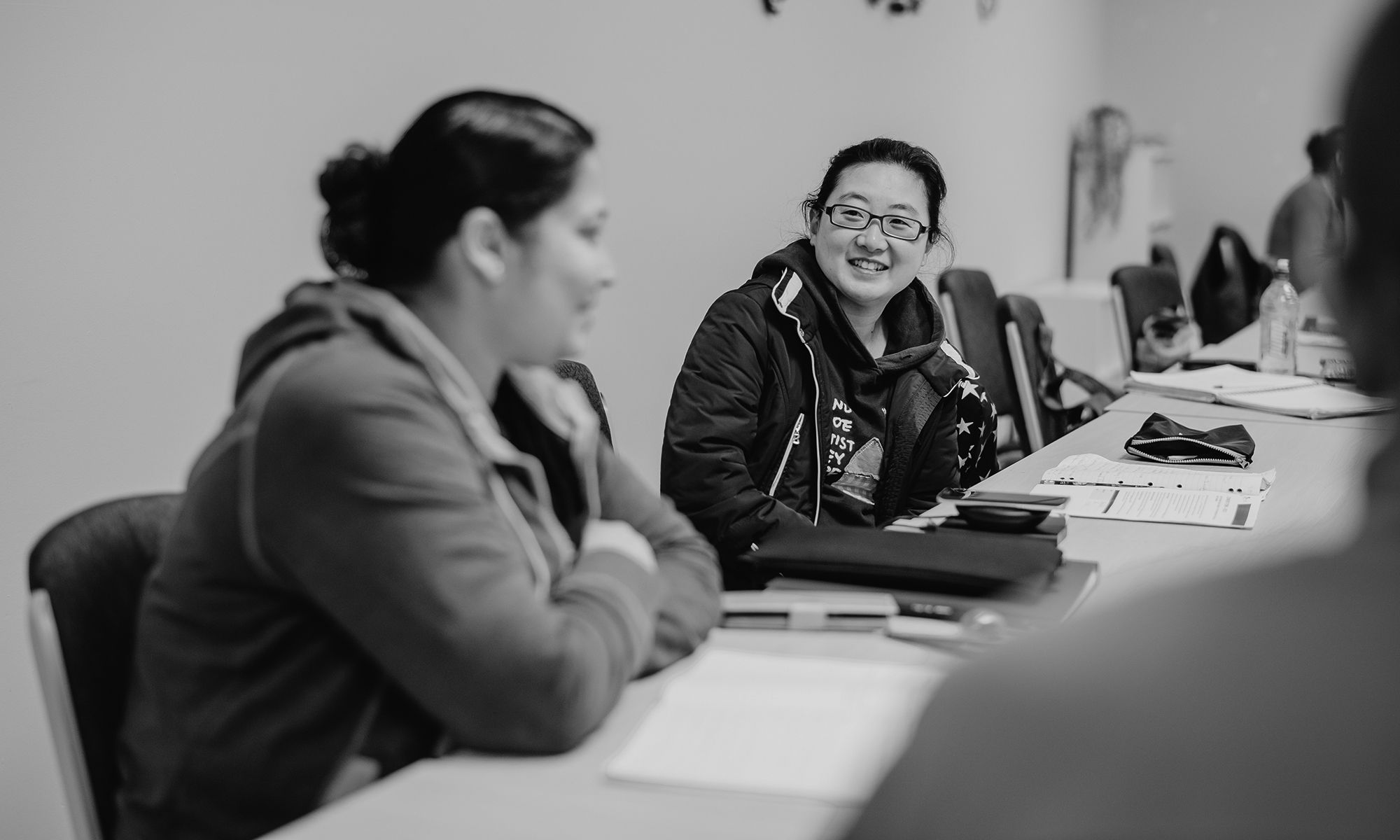Authors: Arlene Garces-Ozanne and Trudy Sullivan, University of Otago
Summary: A total of 196 first year Principles of Economics I students participated in a study examining how students’ expectations about their course and grades are related to the grades they actually receive. We empirically test whether there is a significant difference between the students’ grade expectations and the actual grades they receive, and examine what factors contribute to this difference. In particular, we examine how much students’ expectations about their grades are conditioned by specific student characteristics, as well as by their attitude/behaviour over the semester. We hypothesise that students, like many from Generation Y, often make confident but also false predictions about their ability, but as reality sets in, they modify their behaviour accordingly and set more reasonable, realistic expectations to achieve their desired goals. We find that they are indeed over-optimistic, but there appears to be a gap between their optimism and actual performance.
Keywords: Gen Y, undergraduate students, expectations, optimism, behaviour, grades
![]()
![]()
![]()
![]() Share a copy of this abstract.
Share a copy of this abstract.
This article is part of AJAL, Volume 54_2. The entire volume is available in .pdf for purchase here.
